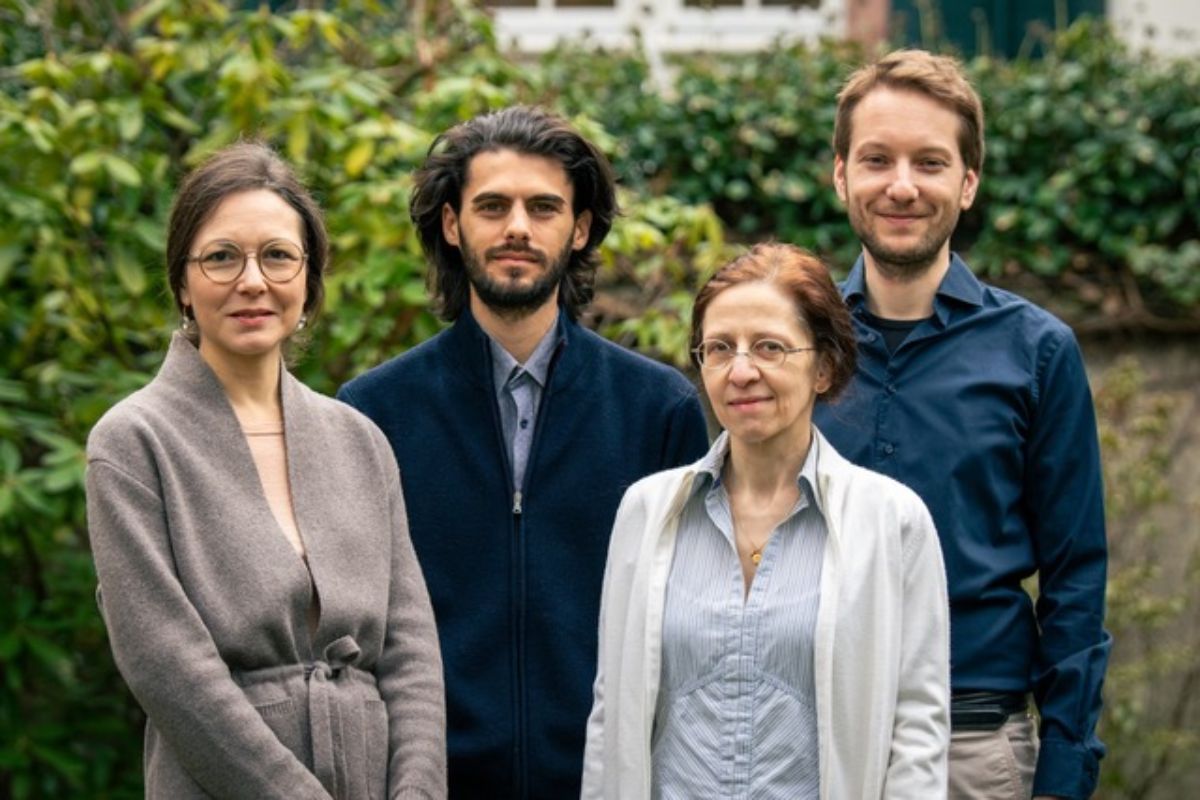Der um 1230 kopierte Codex Buranus (München, Bayerische Staatsbibliothek, Clm 4660-4660a) ist ein bedeutendes Zeugnis mittelalterlicher literarischer und musikalischer Kultur, die reichste Anthologie lateinischer Dichtung, die älteste Quelle des Minnesangs und eine wichtige Sammlung liturgischer Spiele. Aus musikalischer Sicht ist der Codex aber noch nicht genug erforscht.
Das Projekt «Carmina Burana Online» umfasst die Erstellung einer digitalen Edition der Carmina Burana (Texte und Melodien) und des gesamten Quellenmaterials in Form einer Online-Datenbank, die Zugang zu den Quellen, Texten und Melodien, Übersetzungen und kritischen Kommentaren bietet.
Neben der wissenschaftlichen Ausgabe werden die Stücke aus der Perspektive der «Performance Studies» erforscht und aufgeführt, um einen neuen Zugang zu den in Neumen notierten Melodien des Codex Buranus zu finden.
Durch diese transdisziplinäre Arbeit würdigt das Projekt ein Juwel des europäischen Kulturerbes und ermöglicht der wissenschaftlichen Gemeinschaft, Musikerinnen und Musikern sowie einem breiteren Publikum, die Klangwelt der mittelalterlichen Lyrik wiederzuentdecken.

